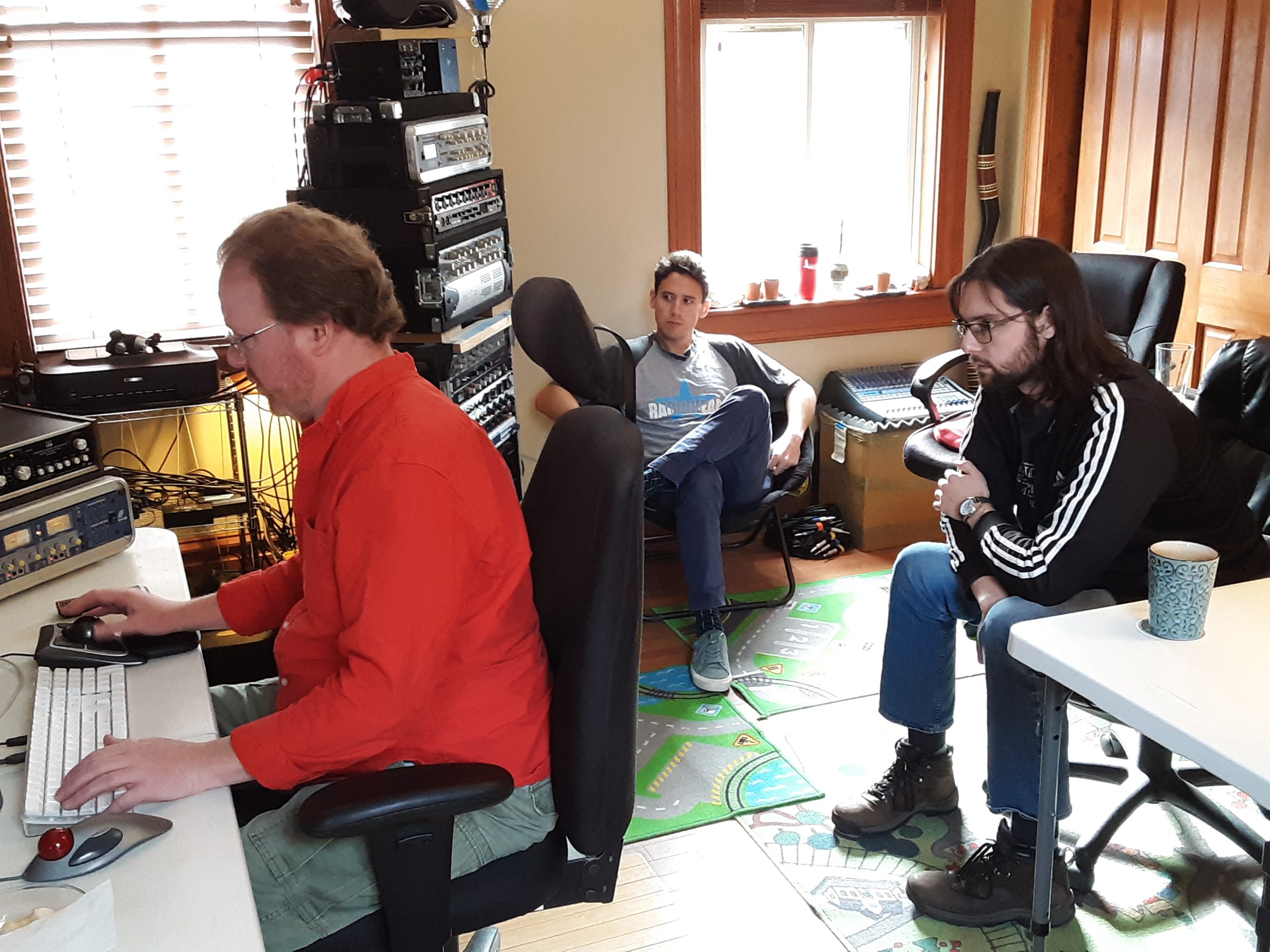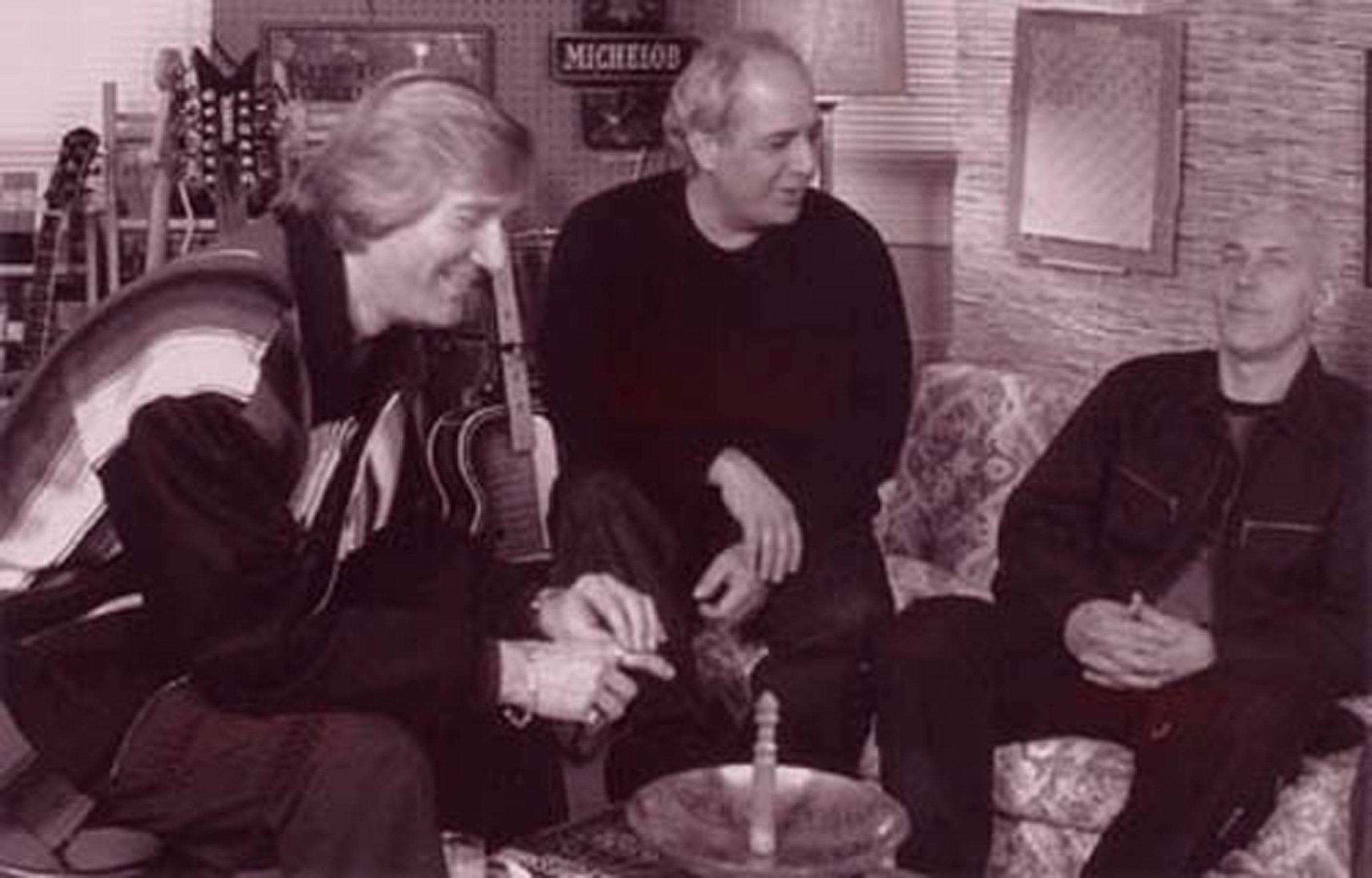(SELF-RELEASED EP; 2022)

So, what were you doing when you were twelve years old? I started my twelfth year as a seventh grader and ended it as an eighth grader… worrying more about what was for lunch and what was on television that night than anything else; I was just getting into rock and roll. Ava Toton, at twelve, was writing and releasing her second (!) EP of hard rock, a destructive sonic force called CHARM SCHOOL DROPOUT. The set features three blistering rockers, in the same basic vein as the Runaways (probably the most apt comparison, though they were four and five years older when they recorded their first album, with a lot of help from Kim Fowley and a bunch of other writers). I even find vocal comparisons to Cherie Currie… if Cherie had started smoking two packs a day and slamming a fifth of Tennessee bourbon at the age of five. Obviously, the point I’m trying to make here is that Ava has a husky voice that definitely suits the style of music that she plays.

The title track is a snotty, punky number that puts the listener on notice: This isn’t the type of girl that’s gonna play nice with the other, poppier kids. “I’m not like you/I’m gonna scream and shout/Won’t play by your rules/I’m a charm school dropout.” And, this doesn’t sound like someone PLAYING at being snarky and self-determined; it sounds like someone who knows what she wants to do and how she’s going to accomplish it. “I Told You So” is more straight-ahead hard rock, as Ava and her band (bassist and producer Jacob Light and drummer Gideon Berger) eschew the punkier sound without giving up the attitude. Ava has a beefy guitar style (bolstered by Light’s bass) that echoes back to the early and mid-1970s. And, that ain’t a knock! Some of the best and purest guitar rock was produced during those years. The track also features a moody middle section that leads into a short solo that puts an exclamation point on the tune. The next song, “Wake Up the Neighborhood,” offers a snarling vocal and displays a band going full-out, particularly Ava’s guitar and solo and Gideon’s drums. As the title implies, it’s a song about “partying like a rockstar.” I’m not sure how the now-thirteen-year-old parties but… she certainly sings the song with conviction. The final track is called “Take Me With You,” an acoustic number with accompaniment from Jacob on piano and Yoed Nir on strings. It’s an oddly appealing song about aliens and a need to be elsewhere because things are just too strange here on the home planet. Ava’s voice seems a bit strained at times, but not enough to distract from the overall vibe of the piece.
CHARM SCHOOL DROPOUT is more mature and focused than a lot of records by people a lot older than Ava Toton (I’m looking at you, Motley Crue!) and it is definitely worth checking out. You can do so at avatoton.com, where you can learn more about Ava and her music and get your very own (CD or digital) copy.
































